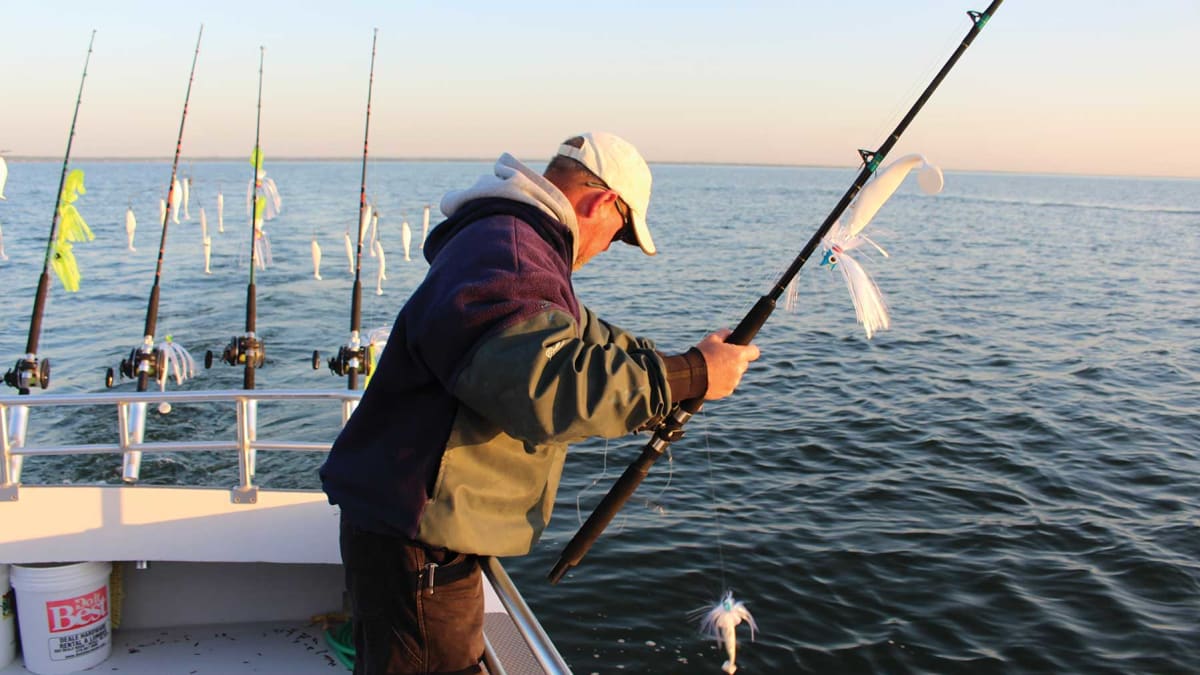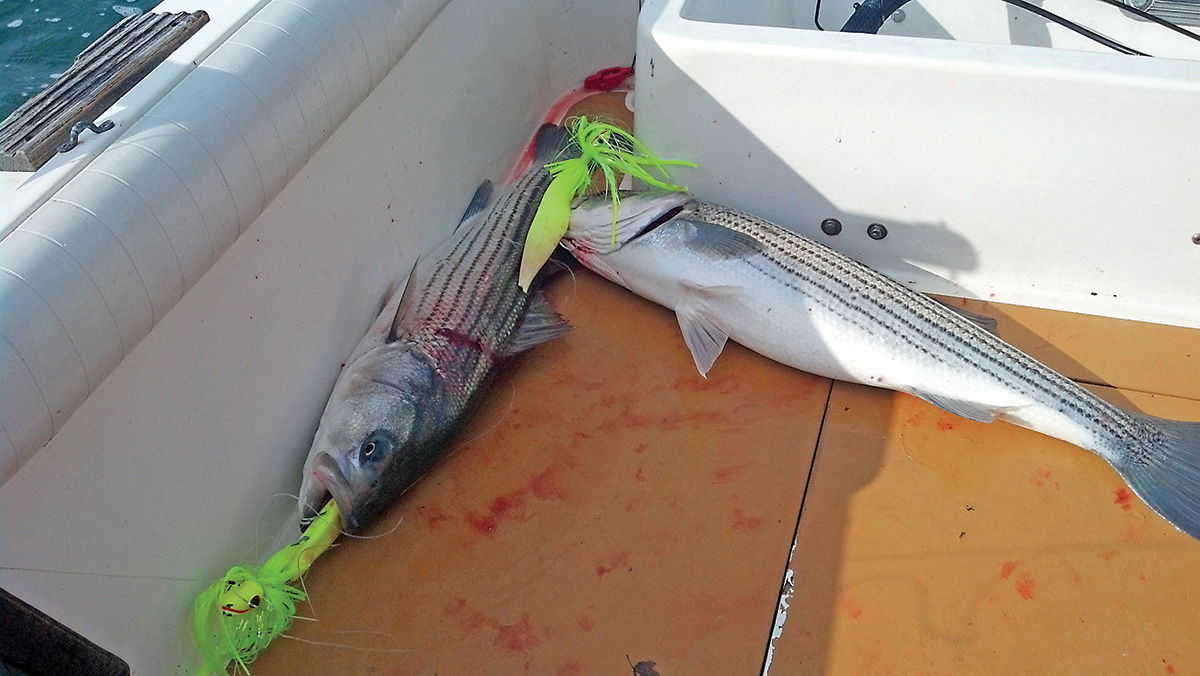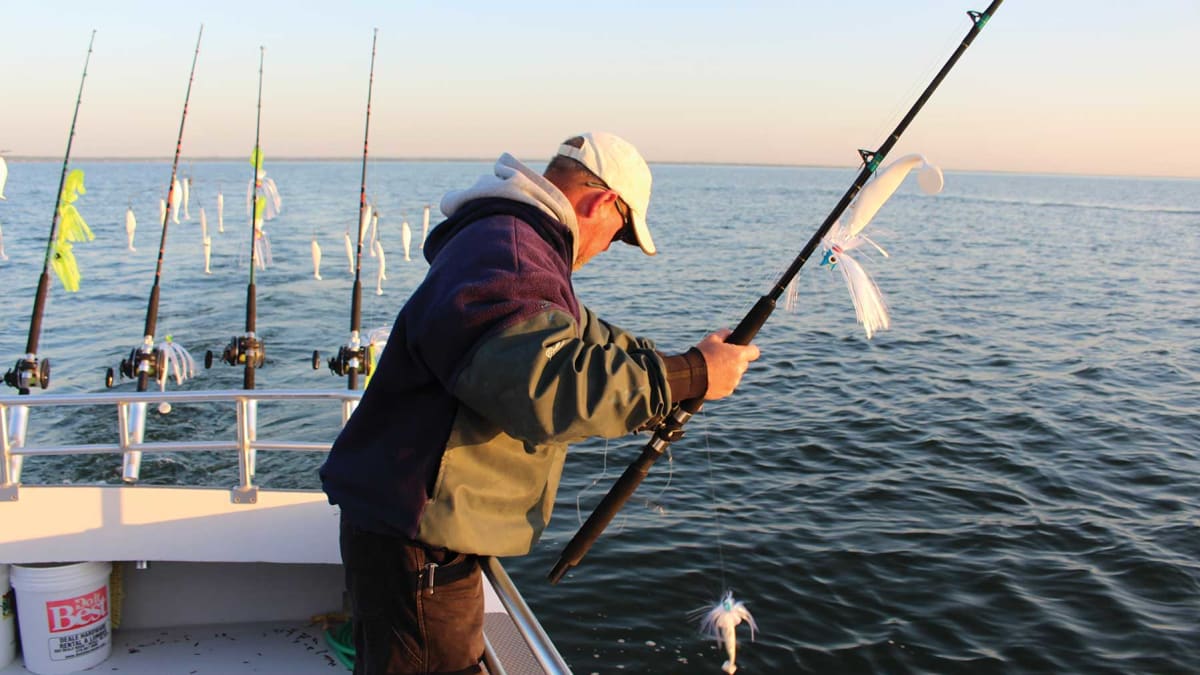Best trolling speed for striped bass
To find the best trolling speed for striped bass, you need to identify the best location for bait placement based on water depth, bottom structure, and current patterns.
When trolling for striped bass, you should be looking for a school of fish where the bait is being thrown within a school. If you’re trolling deep, you might get lucky and encounter a school of fish that’s already been disturbed by a passing boat. If you happen to be trolling shallow, chances are good you’ll hook a school of fish that’s already been disturbed by a school of fish that’s already been disturbed by a passing boat.

When trolling for striped bass, you should be looking for a school of fish where the bait is being thrown within a school. If you’re trolling deep, you might get lucky and encounter a school of fish that’s already been disturbed by a passing boat. If you happen to be trolling shallow, chances are good you’ll hook a school of fish that’s already been disturbed by a school of fish that’s already been disturbed by a passing boat.
If you are a fisherman, you know that when fishing, it is better to catch something. If you catch nothing, that’s ok, too. You can go home and cook something. You don’t have to waste your time.
While trolling for striped bass is not necessarily a sport, it sure is a good time, with fish jumping out of the water all around you.
How fast do you troll for striped bass?
What you do when you troll for bass is you troll for fish. That’s the key to catching fish in any water body. If you want to catch striped bass, you’re going to troll for bass. It may take a while, but you’ll eventually find a spot where bass congregates to feed, rest, and spawn. The same is true of sales. If you want to find customers, you’ll troll for prospects. It may take a long time, but you’ll eventually find someone who needs what you offer and can afford it.

There are several techniques used to troll for bass. In this day and age, most fishermen use electronic lures. Electronic lures are usually battery-powered devices that contain a small vibrating motor inside that produces sound. Bass like to eat these types of lures. They’re very effective for trolling. One of the most popular types of electronic lures is the Rapala jig head. It produces a sound that’s similar to the sound produced by a mosquito. Most anglers find this lure to be very effective for attracting bass.

You can also troll with bait. Bait is a natural bait that bass eat. It comes in different shapes and sizes. For example, bait might come in the form of a minnow, shrimp, or frog. If you put bait in the water, bass will find it and take it. They prefer live bait over artificial bait. It’s easier to cast and retrieve live bait. Artificial bait is made out of plastic, rubber, or wood.
What depth do you troll for stripers?
When trolling for stripers, it’s best to start with the shallow end. Most people are happy to fish from the shore or boat. If you don’t know anything about fishing, or if you haven’t been fishing in a while, start with this. Make sure you can read water temperatures and tides. The easiest way to do this is to find out what the local fishing regulations are for saltwater. If you are a newbie, you need to start with the shallow end. Once you have some experience, try the deeper end.

It’s easy to find stripers if you go to the shallow waters. Just walk along the beach or go into the ocean. You should check under the rocks, or you might see some fish there. You can also fish near the shoreline in areas with rocky bottoms. You should know what kind of bait to use and how to cast properly with a rod tip. If you can fish, you can catch some stripers. To get a fish, you need to be patient. If you are lucky enough to catch a fish, don’t drop it back in the water immediately. First, check to make sure it is a female fish. Then, release her back to the ocean.
What is a good trolling speed for bass?
We’re talking about speed here, so if you’re not fishing for bass, you’re probably talking about trolling speed. Bass don’t always like being hooked—and often respond to anglers who use too much line or water column. A slow troll may miss out on some bites, but it’s easier to hook more fish in the same amount of time. With this in mind, here are a couple of tips for selecting a good slower speed.
Trolling speed depends on the type of lure you are using. For example, if you are using a jerk bait, you should probably go slower than if you are using an egg, jig, or buzz bait. Generally, the bass is going to strike at the biggest object they see first. So if you are using a jerk bait, you should move it slowly across the water so that you can avoid being hit.

The next thing to do is to select the right size of hook. You don’t want to use a hook that is too big. The reason is that if you have too much weight in the lure, you will be tiring yourself out. On the other hand, you don’t want to use a hook that is too small. That means you won’t be able to pull it in very easily. You should be able to pick up a hook that has somewhere between a 7/0 and 9/0 for slow trolling speed.
The next thing to do is to make sure you have enough sinker with umbrella rigs. Sinkers come in different sizes, so you need to find one that is about the same size as the hook to catching striped bass. If you’re using spinner bait or bunker spoons, the sinker should be about 4 inches. If you’re using a soft plastic jerk bait, the sinker should be around 6 inches. You can always ask the store to help you with the correct size.
Finally, you need to make sure that the sinker is large enough to keep the lure in place. If you have a small sinker, the lure will go off center when it hits the bottom. You don’t want that to happen. You want the sinker to be larger and more steady when you catch fish.
After you’ve selected a sinker that is just right for your lure, you need to test it out in the water. You can do this by moving it back and forth a few times. Once you are satisfied with how it works, you can start to fish!
What should I use to troll for striped bass?
Whether you’re trolling for striped bass or other species of fish, a boat with a trolling motor is essential to your success. But there are many different types of trolling motors and models to choose from. The first thing you should look at is whether the motor is a fixed or a tilting model. Tilting motors provide the ability to adjust the angle of the motor to help you change the direction of the fish or bait that’s being trolled as a fish finder. Fixed motors, on the other hand, stay in place. They’re usually designed to be used with large fish or bait, but some people use them to troll for smaller fish.

The most popular trolling motor is the electric trolling motor. It’s small, lightweight, easy to operate, and powerful. It provides a steady pull in which the user can control it without a problem. This type of motor is a fixed-angle motor that’s usually attached to a rod, pole, or reel and powered by batteries that are installed inside for deep water fishing to catch big fish. The best features about the electric trolling motor are that they are quiet, efficient, easy to maneuver, and very reliable for maximum depth. Electric trolling motors come in various power ranges that can range anywhere from 5 horsepower to 50 horsepower giving higher speed and deeper depth. Long Island sound has been hot while trolling for striped bass fish!




